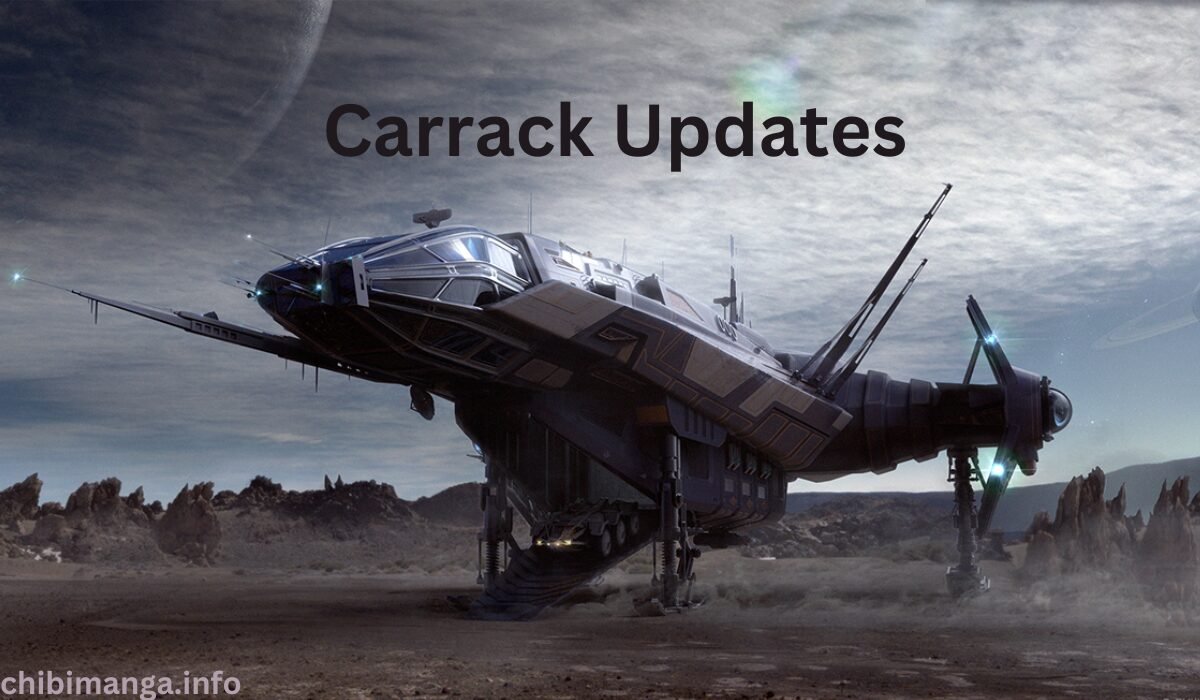Introduction To Radar Cross Section (RCS)
Radar Cross Section (RCS) is a critical idea in the field of radar and covertness innovation. Whether you’re a lover, an understudy, or somebody working in protection, it is essential to figure out RCS. This article will separate the fundamentals of RCS, its significance, and its applications, all in straightforward, straightforward language.
What is Radar Cross Section (RCS)
Radar Cross Area (RCS) measures how perceivable an item is by radar. It is communicated in square meters and decides how much radar signal is reflected back to the radar beneficiary. A bigger RCS implies the item is simpler to distinguish, while a more modest RCS implies it is more difficult to detect.
Significance of Radar Cross Section (RCS)
RCS is fundamental for different applications, including:
Military Covertness Innovation: Diminishing RCS makes military airplane, boats, and vehicles less distinguishable by foe radar.
Common Avionics: Understanding RCS assists in planning airplane that with canning be effortlessly checked for wellbeing.
Weather conditions Checking: RCS helps meteorologists track and anticipate weather conditions by estimating the reflectivity of mists and precipitation.
Factors Influencing Radar Cross Section (RCS)
A few elements impact the RCS of an item:
Size: Bigger items commonly have a higher RCS.
Shape: Adjusted shapes reflect radar flags more productively than level surfaces.
Material: Materials that retain radar signals diminish RCS.
Point: The place where radar waves hit the item influences how much sign reflected.
Estimating RCS
RCS is estimated utilizing radar frameworks that radiate radio waves and distinguish the transmissions reflected back. The cycle includes:
Communicating Radar Waves: A radar framework conveys radio waves.
Reflection: The waves hit an item and reflect back.
Getting Signs: The radar framework distinguishes the reflected waves.
Working out RCS: The strength of the reflected sign is utilized to compute the RCS.
Utilizations of RCS
Military Covertness Innovation
Covertness Airplane: Present day military airplane, like the F-22 Raptor and B-2 Soul, are intended to have insignificant RCS, making them less perceivable by radar.
Maritime Boats: Warships use materials and plans that lessen their RCS to keep away from recognition by adversary radar.
Common Aeronautics
Airplane Configuration: Understanding RCS assists engineers with planning airplane that can be handily followed via aviation authority, guaranteeing security.
Air terminal Radar Frameworks: These frameworks depend on RCS to screen and guide airplane during departure, flight, and landing.
Weather conditions Checking
Climate Radars: These radars measure the RCS of mists and precipitation to anticipate atmospheric conditions.
Storm Following: RCS information helps meteorologists track and figure extreme climate occasions like typhoons and rainstorms.
Decreasing RCS
Decreasing RCS is a vital objective in secrecy innovation. Procedures include:
Shape Streamlining: Planning objects with smooth, adjusted surfaces to limit radar reflection.
Radar-Engrossing Materials: Utilizing materials that ingest radar signals as opposed to reflecting them.
Point The executives: Situating surfaces at points that divert radar flags from the source.
Certifiable Models
Covertness Airplane
F-22 Raptor: This airplane includes a precise plan and radar-engrossing materials to accomplish a low RCS.
B-2 Soul: Known for its extraordinary flying wing plan, the B-2 has an extremely low RCS, making it practically undetectable to radar.
Maritime Boats
Zumwalt-Class Destroyer: These boats have a precise plan and use radar-engrossing materials to lessen their RCS.
Climate Radars
Doppler Radar: Utilized in weather conditions estimating, Doppler radar estimates the RCS of precipitation to anticipate weather conditions.
NEXRAD: This cutting-edge radar framework helps meteorologists track and break down storms utilizing RCS information.
YOU MAY AISO LIKE
“Protect Your Vehicle with WeatherTech: A Complete Guide”
End
Radar Cross Segment (RCS) is a crucial idea in radar and secrecy innovation. Understanding RCS helps in planning and utilizing advances that can avoid or be distinguished by radar. From military secrecy airplane to weather conditions observing frameworks, RCS assumes a urgent part in different applications. By figuring out the fundamentals of RCS, its significance, and the way things are estimated and diminished, we can see the value in its importance in our advanced world.
Keep in mind, whether you’re an understudy, a designer, or only inquisitive about radar innovation, embracing the idea of RCS is fundamental. It assists us with understanding how articles are recognized by radar and how we can plan frameworks to either improve or limit this discovery.
FAQS
What is Radar Cross Area (RCS)?
Radar Cross Segment (RCS) measures how recognizable an item is by radar, communicated in square meters. It decides how much radar signal is reflected back to the radar beneficiary.
For what reason is RCS significant in military applications?
RCS is essential in military applications for planning secrecy innovation, which makes airplane, boats, and vehicles less perceivable by foe radar, improving their survivability.
How is RCS estimated?
RCS is estimated utilizing radar frameworks that radiate radio waves, which bounce off objects. The strength of the reflected sign is utilized to work out the RCS.
What variables influence RCS?
Factors influencing RCS incorporate the article’s size, shape, material, and the place where radar waves hit the item.
How might RCS be decreased?
RCS can be decreased through shape enhancement, utilizing radar-engrossing materials, and arranging surfaces at points that redirect radar flags from the source.








![[7.54-1.964]](https://hugsamerica.com/wp-content/uploads/2024/08/Add-a-heading-42.jpg)

